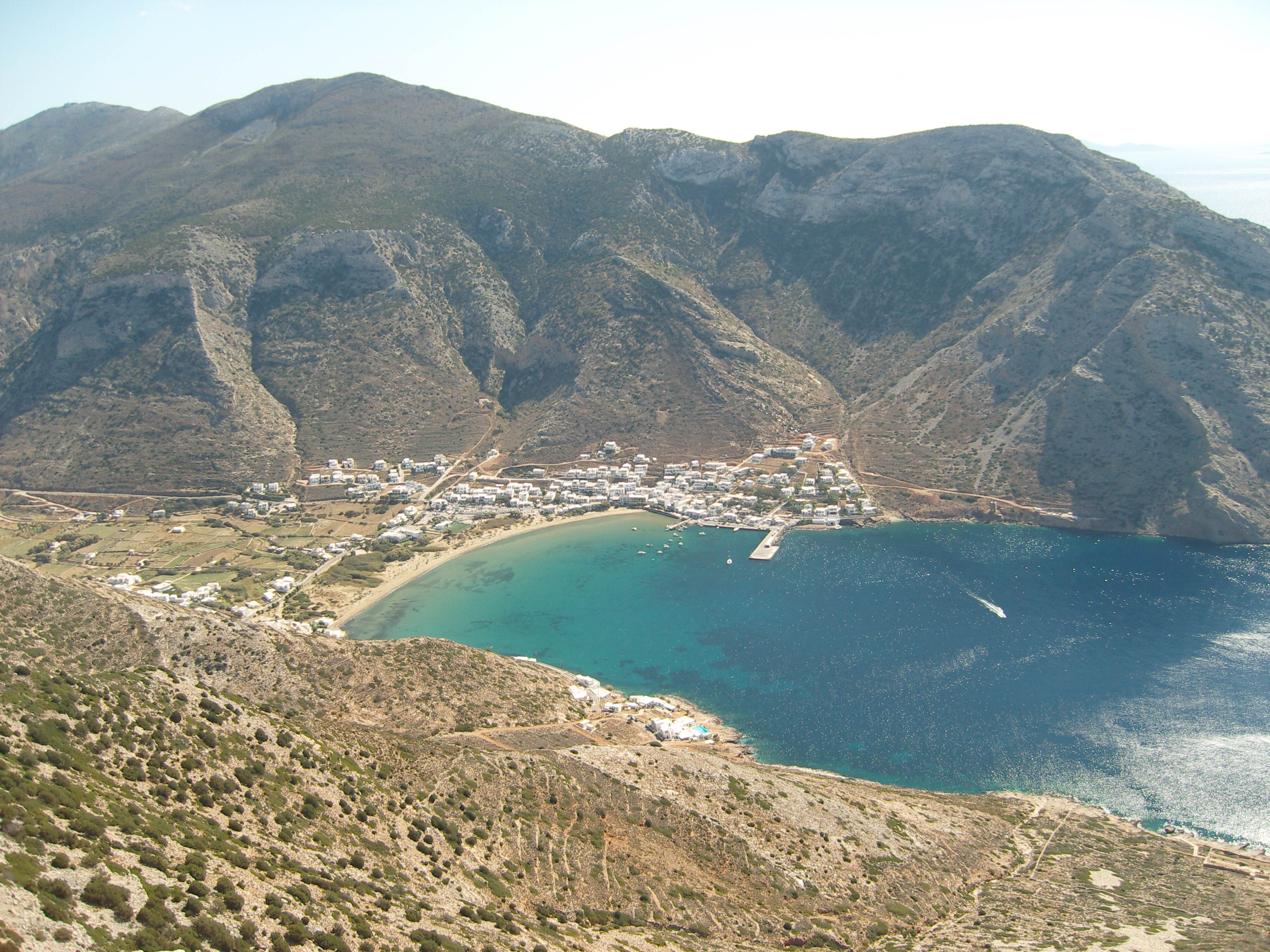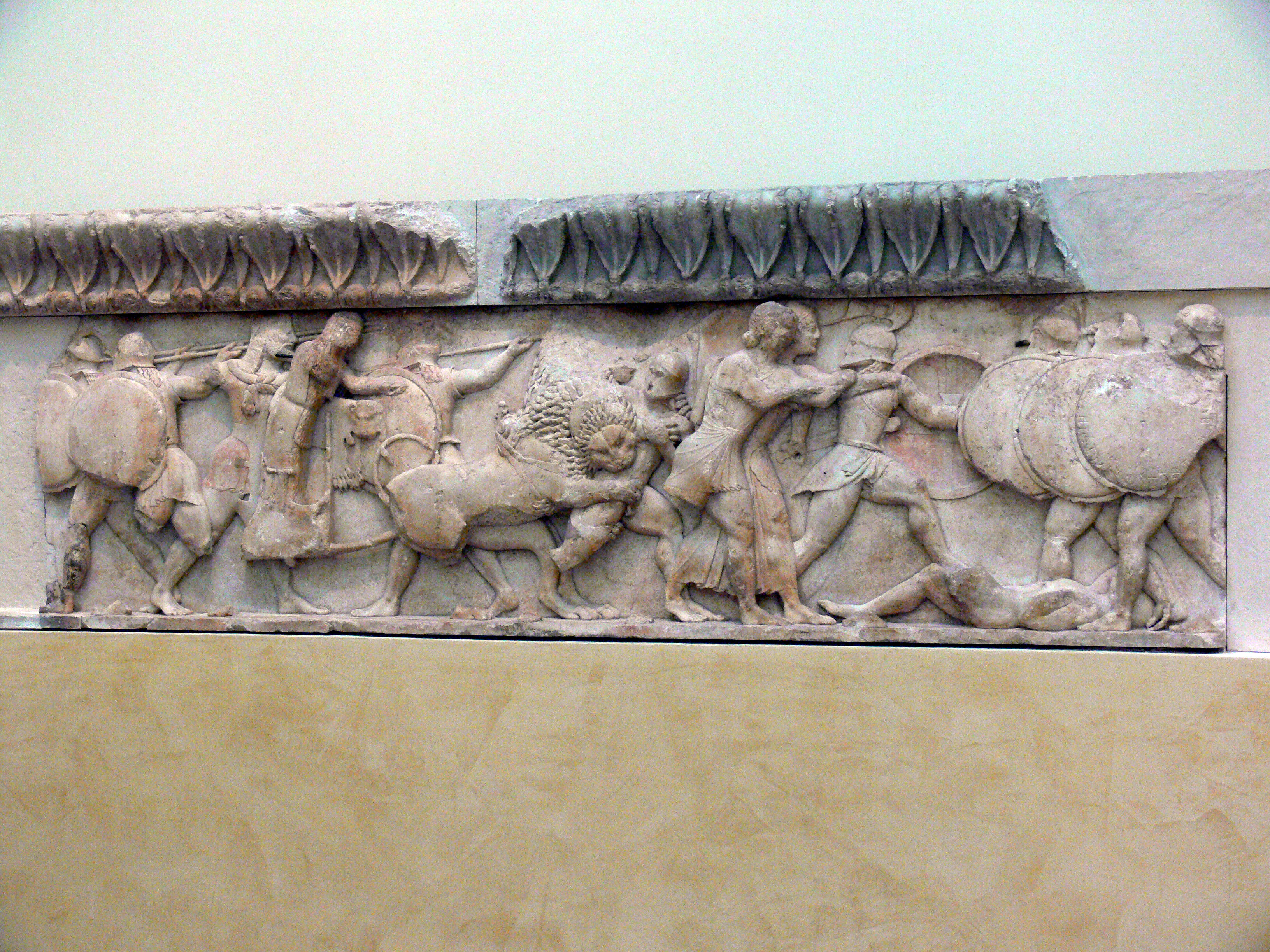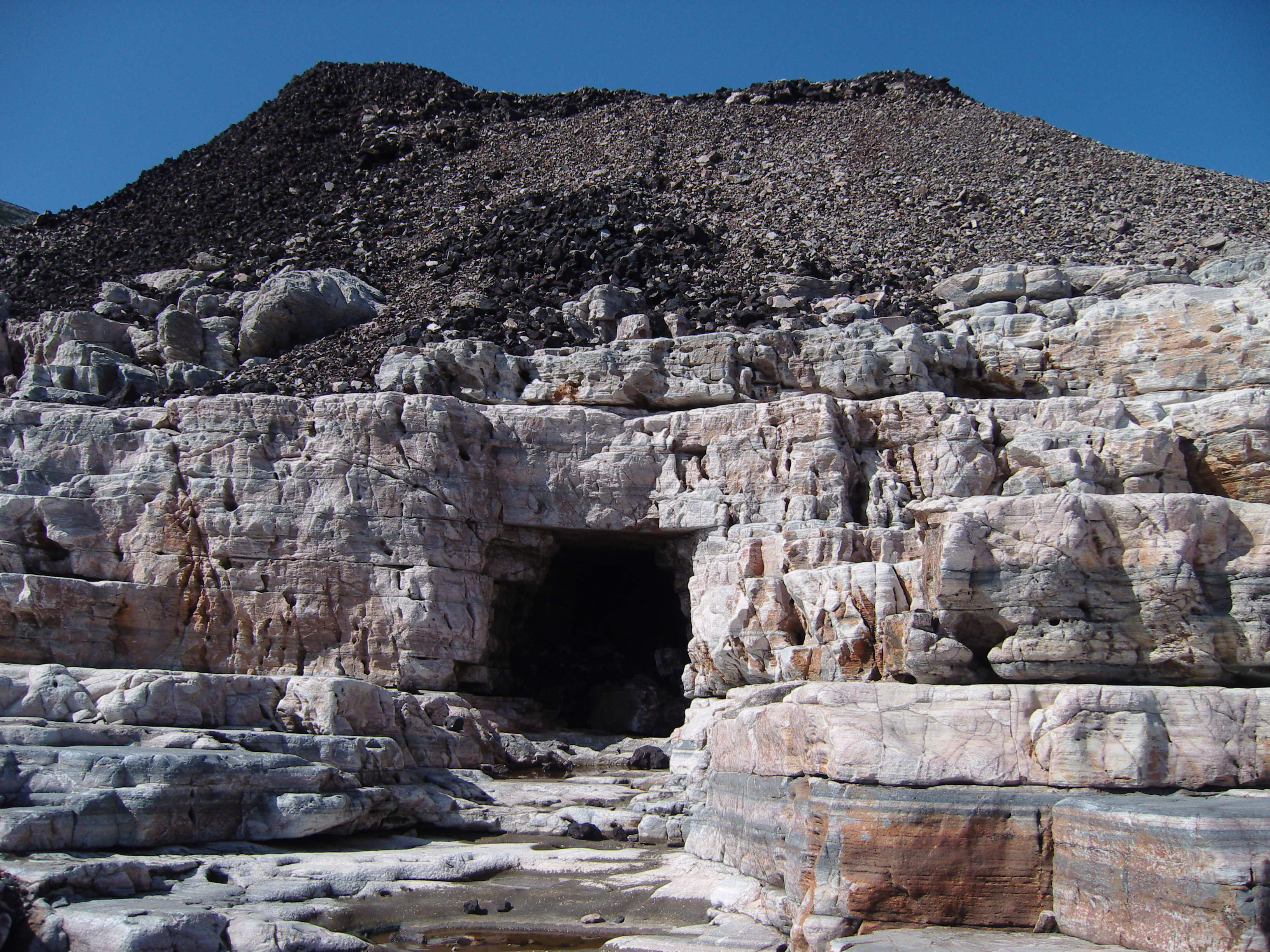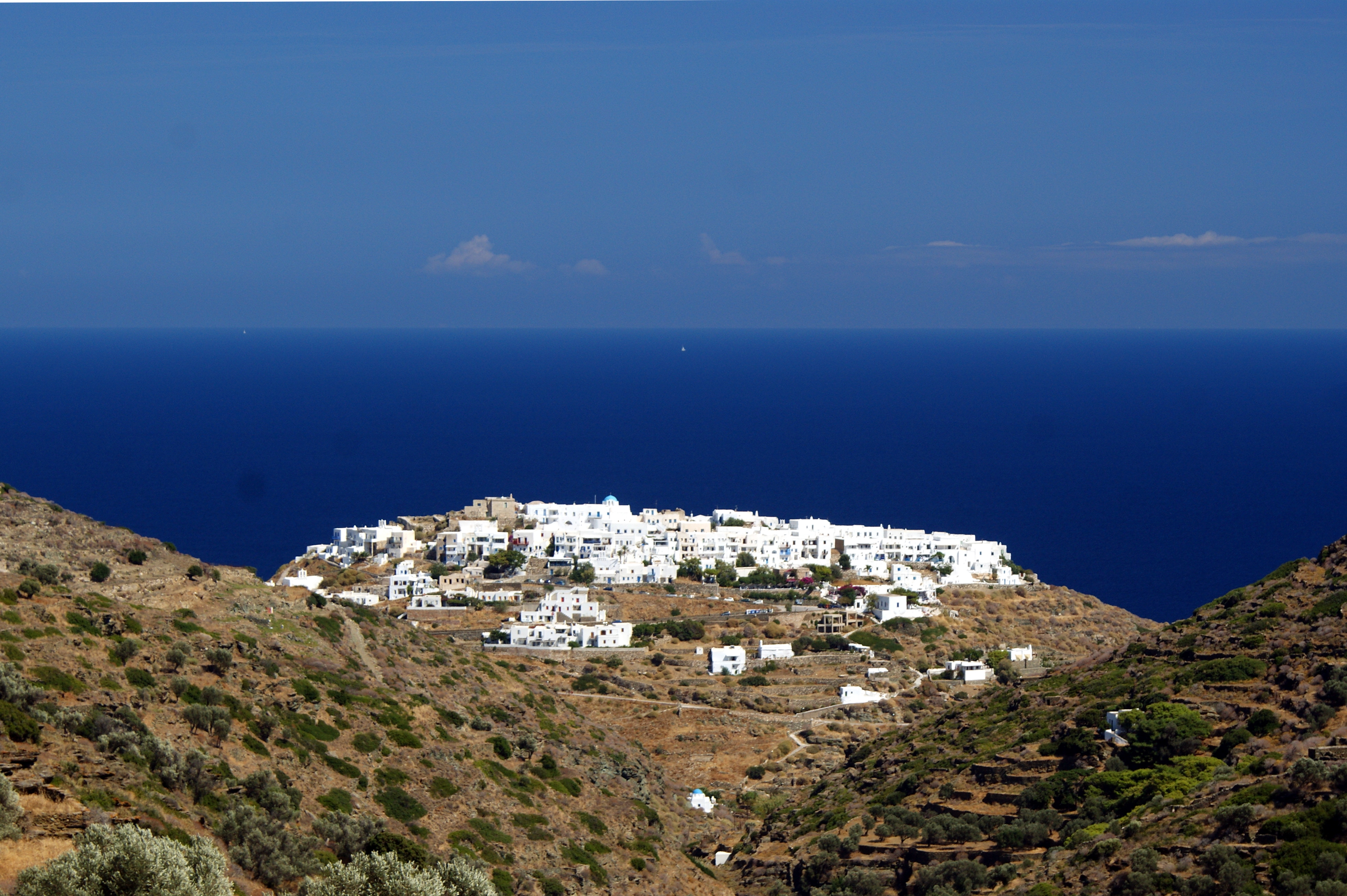Siphnos on:
[Wikipedia]
[Google]
[Amazon]
Sifnos ( el, Σίφνος) is an island
 Sifnos lies in the Cyclades between
Sifnos lies in the Cyclades between





 Sifnos was inhabited by human beings from at least 4000 BCE. Archeological evidence indicates the island was within the mainstream of Late Neolithic and Early Bronze Age
Sifnos was inhabited by human beings from at least 4000 BCE. Archeological evidence indicates the island was within the mainstream of Late Neolithic and Early Bronze Age
Sifnos2day.gr
File:Artemonas,Madonna of Bali.JPG, Artemonas, Madonna of Bali
File:Vathi.jpg, View of Vathi
File:Vathy harbour Greek island of Sifnos.jpg, The small church of Vathi
File:Windmills under Kastro of Sifnos, 153478.jpg, Windmills in Kastro
File:Apollonia -steps to the centre.JPG, Apollonia, steps to the centre
File:Apollonia -steps to Ano Petali.JPG, Apollonia, steps to Ano Petali
File:Pulati.jpg, Poulati beach
File:Quarry on Sifnos.JPG, Quarry on Sifnos
File:Sifnos09church.jpg, A small church
File:Apollonia-view to Kato Petali.JPG, Apollonia, view to Kato Petali
Municipality of Sifnos (in Greek)
{{Authority control Sifnos, Mediterranean port cities and towns in Greece Populated places in Milos (regional unit) Islands of Greece Landforms of Milos (regional unit) Islands of the South Aegean
municipality
A municipality is usually a single administrative division having corporate status and powers of self-government or jurisdiction as granted by national and regional laws to which it is subordinate.
The term ''municipality'' may also mean the go ...
in the Cyclades
The Cyclades (; el, Κυκλάδες, ) are an island group in the Aegean Sea, southeast of mainland Greece and a former administrative prefecture of Greece. They are one of the island groups which constitute the Aegean archipelago. The nam ...
island group in Greece
Greece,, or , romanized: ', officially the Hellenic Republic, is a country in Southeast Europe. It is situated on the southern tip of the Balkans, and is located at the crossroads of Europe, Asia, and Africa. Greece shares land borders with ...
. The main town, near the center, known as Apollonia (pop. 869), is home of the island's folklore museum and library. The town's name is thought to come from an ancient temple of Apollo
Apollo, grc, Ἀπόλλωνος, Apóllōnos, label=genitive , ; , grc-dor, Ἀπέλλων, Apéllōn, ; grc, Ἀπείλων, Apeílōn, label=Arcadocypriot Greek, ; grc-aeo, Ἄπλουν, Áploun, la, Apollō, la, Apollinis, label= ...
on the site of the church of Panayia Yeraniofora. The second-largest town is Artemonas (pop. 800), thought to be named after an ancient temple of Apollo's sister-goddess Artemis
In ancient Greek mythology and religion, Artemis (; grc-gre, Ἄρτεμις) is the goddess of the hunt, the wilderness, wild animals, nature, vegetation, childbirth, care of children, and chastity. She was heavily identified wit ...
, located at the site of the church of Panayia Kokhi. The village of Kastro (pop. 118), was the capital of the island during ancient times until 1836. It is built on top of a high cliff on the island's east shore and today has extensive medieval remains and is the location of the island's archeological museum. The port settlement, on the west coast of the island is known as Kamares (245).
Geography
 Sifnos lies in the Cyclades between
Sifnos lies in the Cyclades between Serifos
Serifos ( el, Σέριφος, la, Seriphus, also Seriphos; Seriphos: Eth. Seriphios: Serpho) is a Greek island municipality in the Aegean Sea, located in the western Cyclades, south of Kythnos and northwest of Sifnos. It is part of the Milos reg ...
and Milos
Milos or Melos (; el, label=Modern Greek, Μήλος, Mílos, ; grc, Μῆλος, Mêlos) is a volcanic Greek island in the Aegean Sea, just north of the Sea of Crete. Milos is the southwesternmost island in the Cyclades group.
The ''Venus d ...
, west of Delos
The island of Delos (; el, Δήλος ; Attic: , Doric: ), near Mykonos, near the centre of the Cyclades archipelago, is one of the most important mythological, historical, and archaeological sites in Greece. The excavations in the island are ...
and Paros
Paros (; el, Πάρος; Venetian: ''Paro'') is a Greek island in the central Aegean Sea. One of the Cyclades island group, it lies to the west of Naxos, from which it is separated by a channel about wide. It lies approximately south-east of ...
, about (80 nautical miles
A nautical mile is a unit of length used in air, marine, and space navigation, and for the definition of territorial waters. Historically, it was defined as the meridian arc length corresponding to one minute ( of a degree) of latitude. Today t ...
) from Piraeus
Piraeus ( ; el, Πειραιάς ; grc, Πειραιεύς ) is a port city within the Athens urban area ("Greater Athens"), in the Attica region of Greece. It is located southwest of Athens' city centre, along the east coast of the Saronic ...
(Athens
Athens ( ; el, Αθήνα, Athína ; grc, Ἀθῆναι, Athênai (pl.) ) is both the capital and largest city of Greece. With a population close to four million, it is also the seventh largest city in the European Union. Athens dominates ...
' port). The municipality has an area of and is long and wide. It has a shoreline of , with a permanent population of 2,625. The island is served by the ferries which run on the Piraeus – Kythnos – Serifos – Sifnos – Milos – Kimolos line and via Naxos. There are also infrequent sailings to other islands in the Cyclades.
To the south of the island, about 350 meters from the coast there is an uninhabited island, Kitriani.
History




 Sifnos was inhabited by human beings from at least 4000 BCE. Archeological evidence indicates the island was within the mainstream of Late Neolithic and Early Bronze Age
Sifnos was inhabited by human beings from at least 4000 BCE. Archeological evidence indicates the island was within the mainstream of Late Neolithic and Early Bronze Age Cycladic civilization
Cycladic culture (also known as Cycladic civilisation or, chronologically, as Cycladic chronology) was a Bronze Age culture (c. 3200–c. 1050 BC) found throughout the islands of the Cyclades in the Aegean Sea. In chronological terms, it is a rel ...
. The island was very wealthy in ancient times, thanks to its gold, silver, and lead, which were being mined there as early as the 3rd millennium BCE. Proof of this is the treasury which the Siphnians built at Delphi
Delphi (; ), in legend previously called Pytho (Πυθώ), in ancient times was a sacred precinct that served as the seat of Pythia, the major oracle who was consulted about important decisions throughout the ancient classical world. The oracle ...
in the 6th century BCE to house their offerings. According to Pausanias Pausanias ( el, Παυσανίας) may refer to:
*Pausanias of Athens, lover of the poet Agathon and a character in Plato's ''Symposium''
*Pausanias the Regent, Spartan general and regent of the 5th century BC
*Pausanias of Sicily, physician of th ...
, these mines were obliterated by floods in ancient times, a disaster which some attributed to the people of the island suspending their tribute out of greed. Modern scholars suggest that some of the mines flooded because they had eventually been dug to a depth below sea level, while the majority of them, situated far from the sea, were probably exhausted. Remains of ancient mines, some dating back to prehistoric times, are still to be seen on the island, most notably at Ay. Sostis, and remains of ancient fortifications, dating from the third millennium to the sixth century BCE, have been found at Ay. Andreas, Ay. Nikitas, and Kastro. Another indication of Sifnos's wealth is the fact that it was one of the first places in Greece to mint coins, beginning around 600 BCE, although the number minted does not seem to have been great, and the island of Aegina, which used Siphnian silver, seems to have developed a much greater export capacity in this form of the metal.
During the extensive Greek migrations which occurred beginning perhaps as early as the 12th century BCE, Sifnos was mostly populated by Ionian Greeks from Athens. The island appears only rarely in the subsequent ancient history of Greece. In the sixth century BCE it was invaded by pirates from Samos
Samos (, also ; el, Σάμος ) is a Greek island in the eastern Aegean Sea, south of Chios, north of Patmos and the Dodecanese, and off the coast of western Turkey, from which it is separated by the -wide Mycale Strait. It is also a separate ...
. In the fifth century BCE, Sifnos was an official member of the Greek defensive alliance formed to fight the Persian Wars
The Greco-Persian Wars (also often called the Persian Wars) were a series of conflicts between the Achaemenid Empire and Greek city-states that started in 499 BC and lasted until 449 BC. The collision between the fractious political world of the ...
. In the next century the island was briefly taken over by the Persia
Iran, officially the Islamic Republic of Iran, and also called Persia, is a country located in Western Asia. It is bordered by Iraq and Turkey to the west, by Azerbaijan and Armenia to the northwest, by the Caspian Sea and Turkmeni ...
ns but liberated by a fleet sent by Alexander the Great. The verb "to play the Siphnian" appears in a fragment of Aristophanes, and is explained in the ''Suda'' alongside "to Lesbos, Lesbianize" as a reference to transgression.
Little is known of Sifnos during the Roman and Byzantine eras, though three Roman sarcophagi remaining in the streets of Kastro and a collection of 80 Byzantine coins in the Museum there testify to substantial continued population during those times. In the early 14th century Sifnos came under the power of the Italian or Spanish Hospitaller Januli I da Corogna, who proclaimed the island independent from the Sanudo dynasty which then ruled most of the Cyclades area. The Corognas ruled Sifnos for over a hundred years; around 1440 as a result of a dynastic marriage power over the island passed to a Bolognese family, the Gozzadini, who ruled until 1617, the last of which being Nikolas. Though both these dynasties became thoroughly Hellenized, they retained their Roman Catholic form of religion, and during the 1800s the Sifniotes continued to take pride in their Latin ancestry.
Little is also known of Sifnos during the Ottoman rule from 1617. It seems likely that, as in most of the Cyclades, Ottoman rule on Sifnos was fairly loose, consisting mainly of the collection of taxes, with the islanders largely administering their own affairs. By the early 17th century Sifnos was a significant commercial center, and from 1821 the island played an important role in the Greek War of Independence.
Notable figures from Sifnos in modern times include the educator and revolutionary leader Nikolaos Chrysogelos (1780–1858), who served as Greece's Minister of Education, and the chef Nikolaos Tselementes (1878–1958), who wrote a classic cookery book still used in Greece today.
The island's rich clay veins, sunny weather and temperature have made Sifnos a capital of pottery in the Aegean Sea, Aegean, with unique jars and pots that are a "trademark" of the island. They are typical of the Sifnian everyday life, such as ashtrays, cooking and food vessels, "masteles", "foufoudes" (kind of chimneys) etc. Locally, 'Sifnios' was a variant word for potter. The oldest potteries were found in central regions such as Artemon and Ano Petali to avoid pirate attacks.
Beaches
The most famous ones are: * Cherónnisos (Χερόννησος) * Pouláti (Πουλάτη) * Fáros (Φάρος) * Platís Gialós (Πλατύς Γιαλός) * Vathí (Βαθύ) * Apokoftó (Αποκοφτό) * Vroulídia (Βρουλίδια) * Fykiáda (Φυκιάδα) * Chrysopigí (Χρυσοπηγή) * Kamáres (Καμάρες)Churches
There are 360 churches in the island of Sifnos, as per the days of the year, more than any other island in Cyclades. It is no coincidence, the large number of festivals held on the island almost every month. Many churches and monasteries of the island are historical sites with great religious and architectural interest. The most important one is the monastery of Panagia Chryssopigi. One of the most "popular" churches of the island, is one of the Seven Martyrs, where many couples choose to get married. Still, Panagia Poulati is renowned both for its beauty and the landscape that surrounds it.Religious festivals (Panigiria)
Several religious festivals are held during the summer. *In July ** St. Marina in Flabouro in the evening of the 17th ** Prophet Helias (2 events both in the evening of the 19th: on the top of the tallest mountain-also known as Prophet Helias the tall and in Troullaki respectively) *In August ** Holy Virgin (Panagia) on the 15th. There are many events on the following days. ***Panagia tou Nigiou, in the evening of the 16th ***Panagia Platanissa, in the evening of the 16th ***Panagia to Toso Nero, in the evening of the 17th **St.Symeon in the evening of the 31stCuisine
Local dishes: * Mastelo: goat or lamb marinated in red wine and dill, cooked in special clay pot – called mastelo – in a wood fired oven. Traditionally served on Holy Saturday evening, during Orthodox Easter. * Revithada: chickpea soup cooked overnight in a wood-fired oven, in clay cooking pots called skepastaria. Traditionally served after Sunday church services. * Manoura Sifnou: local cheese Omega3, a high-end seafood restaurant located in the southern seaside town of Platys Gialos, offers sushi and other non-traditional dishes. It has been visited by numerous celebrities, including Jeff Bezos, Bill Gates, and Tom Hanks.Historical population
Subdivisions
The municipality Sifnos is subdivided into the following districts and villages: * Apollonia (Apollonia, Vathy (Sifnos), Vathy, Kamares, Kastro, Kato Petali, Platys Gialos, Faros, Chrysopigi) * Artemonas (Artemonas, Agia Marina, Troulaki, Cherronisos)People
*Patriarch Gregory VII of Constantinople (1850-1924) *Patriarch Hierotheus II of Alexandria (?-1858) * (1850-1936), poet and politician *Nikolaos Tselementes (1878-1958), chef *Nikos Chrysogelos (born 1959), politicianGallery
See also
*Communities of the CycladesReferences
External links
*Municipality of Sifnos (in Greek)
{{Authority control Sifnos, Mediterranean port cities and towns in Greece Populated places in Milos (regional unit) Islands of Greece Landforms of Milos (regional unit) Islands of the South Aegean